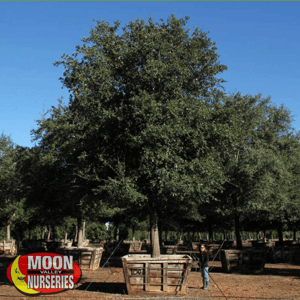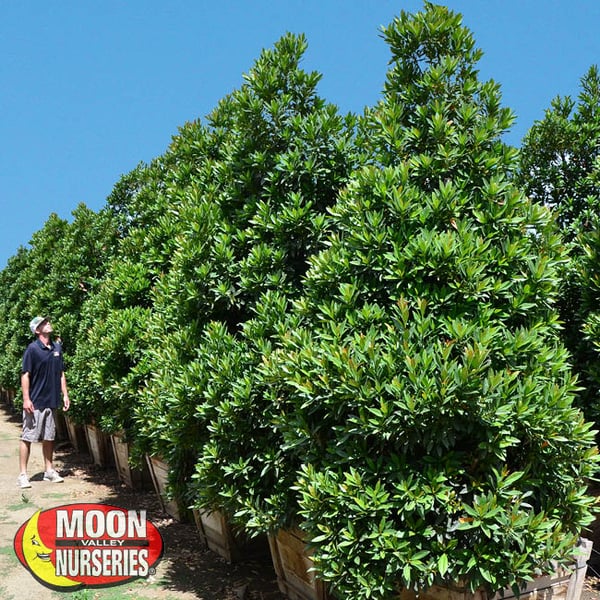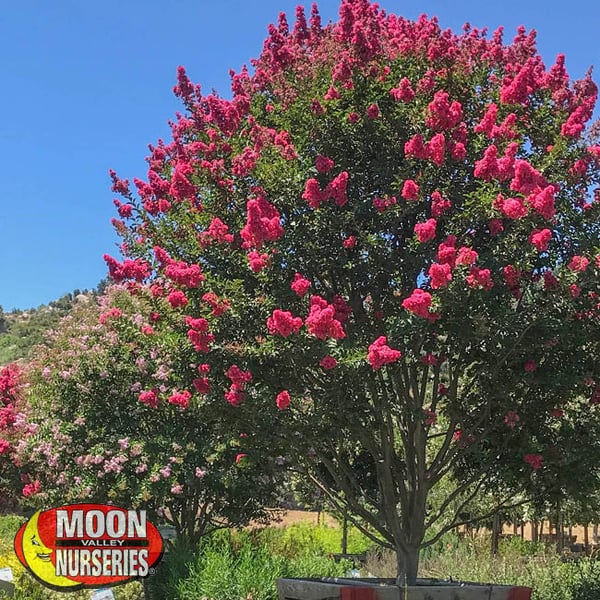Richard Abate

While we are all social creatures by nature, we also tend to enjoy our privacy, especially when it comes to our backyard. The old saying “good fences make for good neighbors” definitely applies here but fences are not the most exciting addition to a landscape and can only give you as much privacy as the city laws allow (usually limiting residents to about 8 feet in height).
The other and the better, option to gain privacy is by creating a “living wall”! The “living wall” is a screen of beautiful trees and shrubs that grow together, and it is far more appealing to the eye than any fence could ever be. With a cornucopia of plant choices available, utilizing trees and shrubs for screening could potentially be a daunting task. The following will assist any beginner AND seasoned gardener in making the best choices for their yard.
Whether your screen of plants is for privacy, creating boundaries, along borders, or just blocking an undesirable view, there is a natural and green solution! (Live Oak pictured above)
The following is a list of recommended trees & shrubs for screening:
Evergreen Options
Live Oak - Large evergreen shade tree noted for its beauty and extreme drought tolerance. Japanese Blueberry - Exotic, upright growing, evergreen tree widely used as hedging provides almost year-round interest. Camphor - Thrives in full sun, loves humidity, and is a clean, low maintenance tree. Carolina Cherry - Easy to maintain and works vigorously to provide a year-round, dense green foliage. Wax Leaf Privet - Ornamental evergreen with smooth, waxy leaves that stay thick and dense all year long. Southern Magnolia - Medium-sized tree with large white blooms in spring/summer. Japanese Yew - Versatile evergreen with attractive, dark green, needle-like foliage on dense branches. Oleander - Fast growing, tall evergreen shrub that blooms colorful blooms from spring through fall. Bottlebrush - Unique hedge material that blooms bright red brush-like flowers through most of the year. Sweet Bay Laurel - Performs exceptionally well in full sun environments and brings a pleasing aroma into your yard. Red Tip Photinia - Large growing shrub with dark, shiny leaves and red new leaves. Wax Myrtle - Ornamental beauty featuring aromatic, olive-green foliage. |
Deciduous Options
Red Maple - Majestic, colorful tree with a moderate-to-fast growing rate. Flowering Pear - Ornamental small-to-medium size tree with vibrant show of white blooms. Crape Myrtle - Another small-to-medium size tree with reliable and long colorful bloom cycles. Vitex - Small-sized, drought-tolerant tree with summer blooms of blue/purple flowers. Saucer Magnolia - Noted for its magnificent bloom of beautiful pink and white, saucer-like flowers. Redbud - Rosy pink flowers blossom in spring adding color to your hedge and landscape.
|
Consider the following questions when starting your design:

What sight level requires screening?
Knowing how high you require the screen to be and how much space is available to plant in are vital when choosing the appropriate trees and plants. Low screening plants are those that can grow up to or be maintained between 4 and 8 feet. Medium screening plants fall in the 8 to 20-foot range and high screening would be plants growing over 20 feet. (Japanese Blueberry pictured above)
How much room is available for planting?
Once you have made the appropriate choices, proper placement will be vital in developing your screen. The proper spacing of your plant choices will ensure greater health and longevity of your screen. While it is tempting to place your plants right next to each other right away so that your screen fills in faster, it may be a mistake. That can shorten the life of the privacy hedge and cause the need to start over faster than one might desire. Plants that are too close to one another will be competing for the same soil, water and nutrients; and with the competition, come winners and losers. Proper spacing, of course, will depend on the plant, and the larger a plant grows, the more space should be left between them to allow for that growth.
What are the environmental conditions of the proposed planting area?
Equally as important are the environmental conditions of your planting space – most importantly, the sunlight exposure and soil conditions. This will help us narrow down your options to the best fit.
Also, your setting will play a role in choosing appropriates plants as well. Exposures to the wind, existing buildings, structures, and other hardscapes can affect the environment making some plant options more likely to thrive in those locations than others.
How long can I wait for the screen to fill in?
If you cannot wait for your screen to mature or perhaps your home is only your 5-year plan, go ahead and create your instant hedge by installing the plants right next to each other. You will accomplish your goals faster and still get many years of reliable functioning screening. At the end of the day, you need to make decisions based on what is best for you and your situation.
Does the screen need to be evergreen?
At first glance, an evergreen can appear to be the only choice when creating a privacy screen; and rightfully so as they will provide coverage all year. However, in situations where an evergreen is not necessary, a deciduous plant can offer added ornamental value with flowers, attractive berries, and vibrant foliage colors. Deciduous plants are also more economical (in most instances) and tend to be easier to grow.
Unique Hedge Designs
 In some instances, one may be forced to plant in a straight line for borders or spatial considerations. If formal hedging is not needed, a staggered, double row of plants can provide faster coverage while also providing enough space for each plant to develop properly.
In some instances, one may be forced to plant in a straight line for borders or spatial considerations. If formal hedging is not needed, a staggered, double row of plants can provide faster coverage while also providing enough space for each plant to develop properly.
Also, layers of varying heights can provide for a much fuller and livelier screen. The first layer of a tall variety followed by secondary, or even tertiary layers, of shorter types, will make for a fuller screen while creating a more interesting and lusher green space. (Crape Myrtle pictured above)
Hedge Health
When maintaining hedgerows and screens, it is essential to remember that the plants are all competing for the same nutrients and moisture. Therefore, proper irrigation and fertilization practices are very important for growing a lush green screen. Also, pruning techniques should be aiming towards creating multiple branches.
Cutting back stems to promote new branching and thus more coverage is encouraged. Formal hedging is the standard style; however, hedgerows do not have to be kept neatly trimmed if a more informal appearance is desired.
Submit a Comment